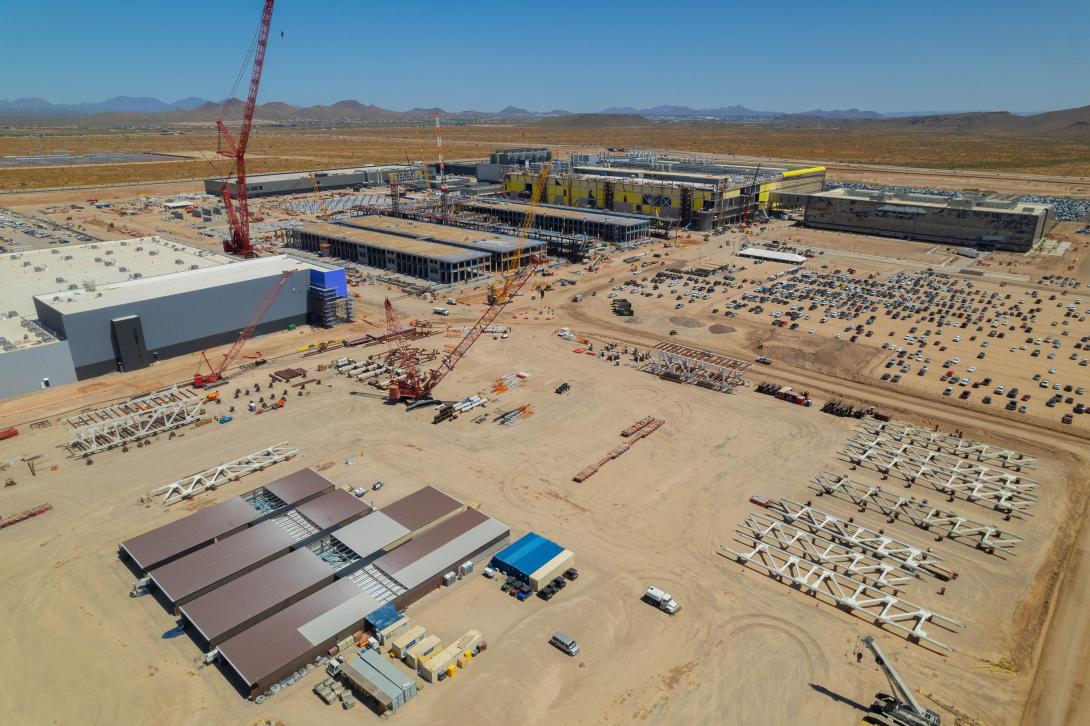The 7-Nanometer Question
In August, Chinese technology giant Huawei launched its Mate 60 handset with stellar state media coverage. Consumers were ecstatic, and in only hours, 100 million handsets were sold online, according to state media.
The official line said the phone had a Kirin 9000 processor inside, and little was known about it. In a slow reveal, Chinese media built a narrative around the phone and shortly thereafter “discovered” the chip was reportedly 5G capable and achieved the 7 nanometer (nm) standard. China should not have accessed that technology due to sanctions.
Huawei is among the organizations the U.S. government considers close to the Chinese armed forces and is under strict control by the U.S. Department of Commerce. Attempts by SIGNAL Media to contact the company were unsuccessful.
The Chinese official press said at the time, “Washington’s sanctions regime has not only proved to be ineffective but also self-harming,” calling the curbs a failure.
Shanghai-based chip maker Semiconductor Manufacturing International Corp., or SMIC, had leapfrogged manufacturing, showing ingenuity and might, according to these reports, but no detailed accounts were given.
Attempts by SIGNAL Media to contact the company were unsuccessful.
At a hearing before the House Science, Space and Technology Committee, Commerce Secretary Gina Raimondo said, “We don’t have any evidence that they can manufacture [these chips] at scale,” suggesting that capabilities as described could have been inflated by the official media.
The Mate 60 was launched in coincidence with Raimondo’s visit to the country.
In a widely quoted report on the Mate 60’s processor, the Kirin 9000, a semiconductor analysis company said that it “demonstrates the technical progress China’s semiconductor industry has been able to make without EUV lithography tools,” according to Dan Hutcheson, vice chair of TechInsights.
EUV, or extreme ultraviolet, is the proprietary method developed by Dutch company ASML to produce chips below 7 nm, the standard at which the Kirin 9000 was marketed.
“The difficulty of this achievement also shows the resilience of the country’s chip technological ability. At the same time, it is a great geopolitical challenge to the countries who have sought to restrict its access to critical manufacturing technologies. The result may likely be even greater restrictions than what exist today,” Hutcheson added.






Comments